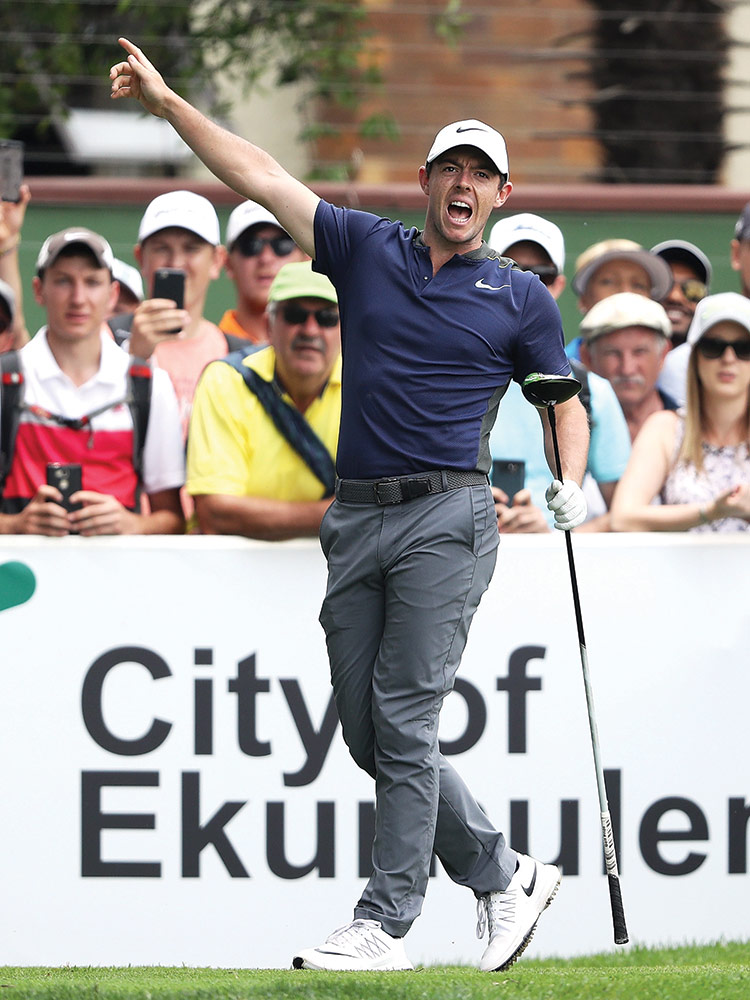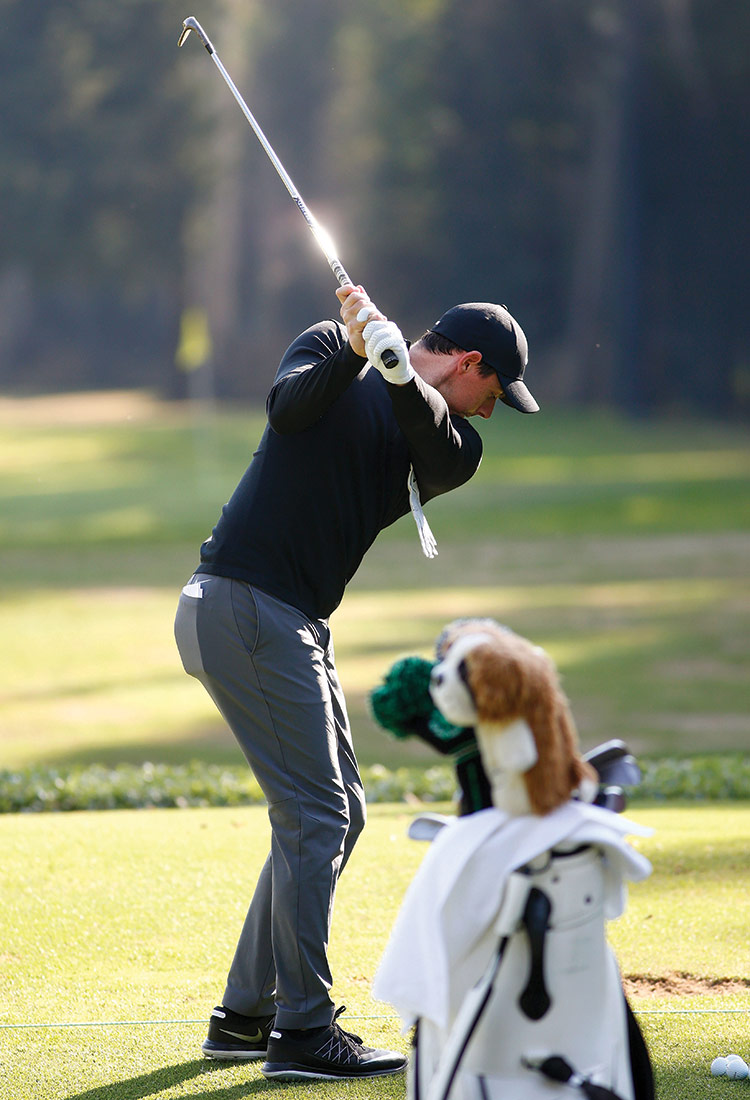YOU can’t always expect your golf swing to be perfect every single round.
What you can expect, however, is to nurse it back to health quickly if you know exactly what’s rusty. For tour pros like me, it’s usually one or two faults we know are the root cause. We fix them quickly and on the run without too much complication. For club golfers, however, it’s so important to know exactly what your biggest problem is, and go from there – that means a lesson with your club pro. Diagnose your bad habits and you’re on your way to your most consistent golf ever. In the meantime, here’s what goes wrong with my swing and how I correct it – maybe it can help you.
– With Evin Priest
THE FAULT
For me, it’s timing. A smooth transition and consistent tempo is one of the biggest keys for me to swing it well. If I can sync all my body movements and I can get my lower body working in unison with my upper body, I’m likely to strike the ball well.
Even if you have the best mechanics and technique in the world, if you don’t have sound timing going on, it makes it really hard to be consistent.

THE FIX
I always focus on smoothing out the transition – one of my bad habits is to take it to the top of the backswing and really go at it instantly. That can throw my timing out of whack. This is a common mistake I see amateurs make in search of more distance. They go too quick from the top and lose their rhythm and, consequently, control. To counter this, I try to have a slight pause at the top [above] to let everything catch up to my rapid hip rotation. That’s a little swing thought I use when things aren’t going quite the way I want them to.

THE DRILL
To help perfect this timing, I constantly practise little half-wedge shots where I’ll try to keep the connection of the triangle between my forearms [below] to check everything is working in sync. Then I’ll move up to the 7-iron and hit shots that travel only 100 metres. You can’t get a 7-iron to stop at that distance without crisp contact and perfect timing. When you start doing that, you’ll know you have your rhythm back.

What you can learn from my early 2017 rib injury
Sometimes on the practice fairway at US PGA Tour events you’ll see me hitting balls with a spare glove under my armpit [below]. That is a result of the rib injury I suffered in January. Basically, on the way back your left arm (for right-handers) should be nestled into your chest. The reason I got the rib injury that kept me out for seven weeks was because I was reaching out a little bit and my left arm was becoming disconnected from my body and it was getting up and stretching the muscles in the rib cage. On the way down, instead of it being all lateral muscle it was into my rhomboid and then that’s how I injured myself.

• Rory McIlroy currently leads the US PGA Tour in Scoring Average with 68.868



